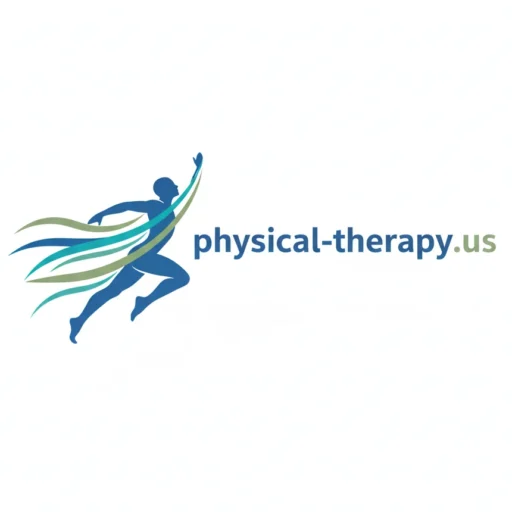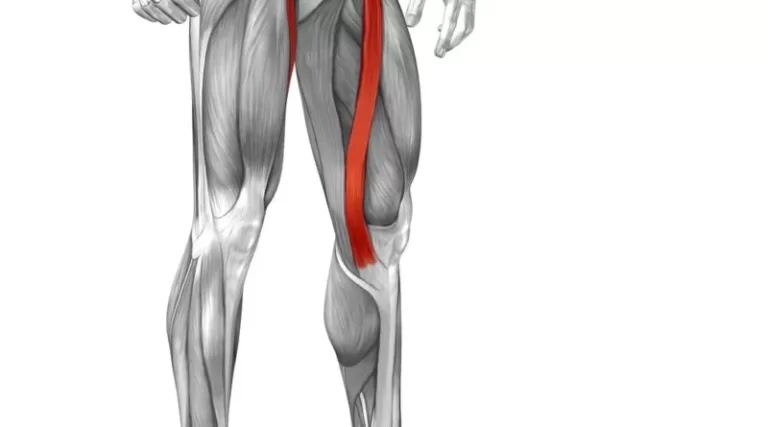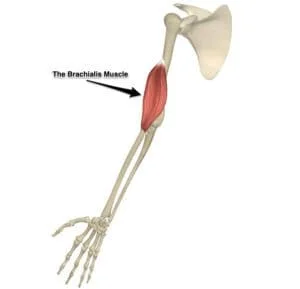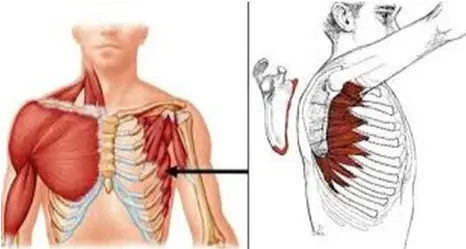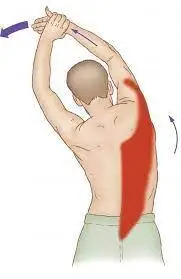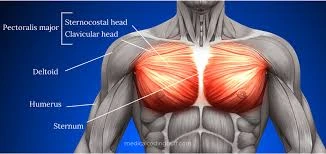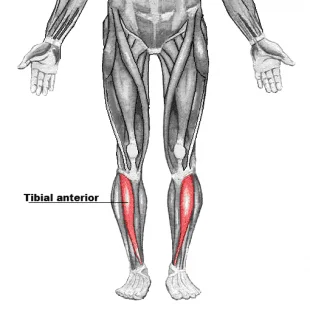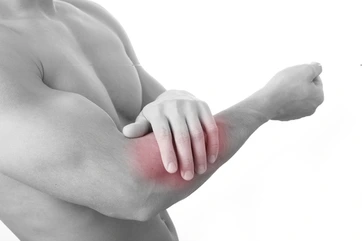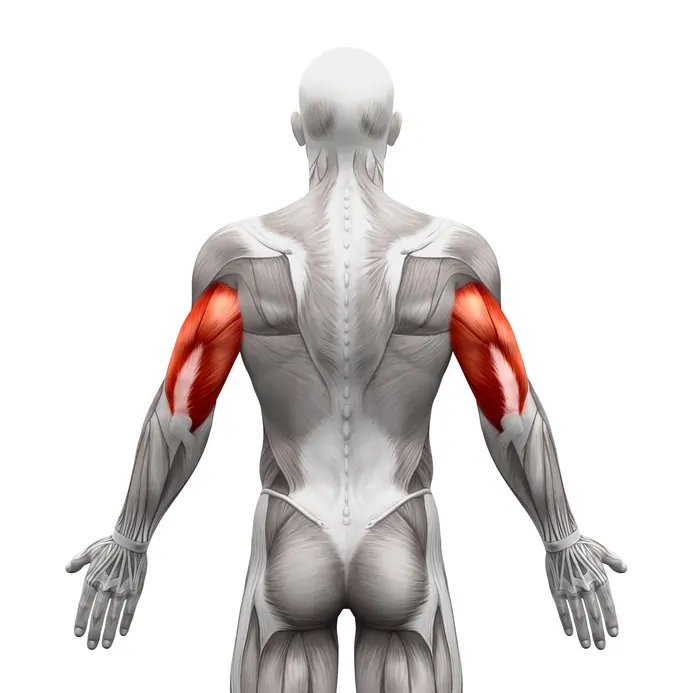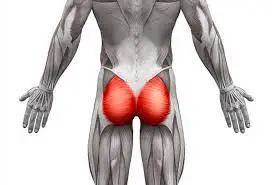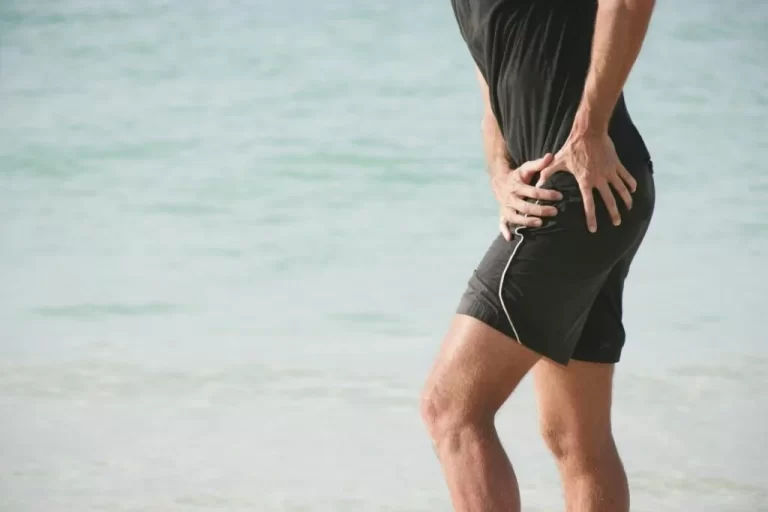Sartorius Muscle Pain
Sartorius muscle pain refers to discomfort or strain in the longest muscle of the human body, which extends diagonally across the front of the thigh from the hip to the inner knee. This muscle is essential for movements such as hip flexion, abduction, external rotation, and knee flexion. Pain in the sartorius muscle can result…
